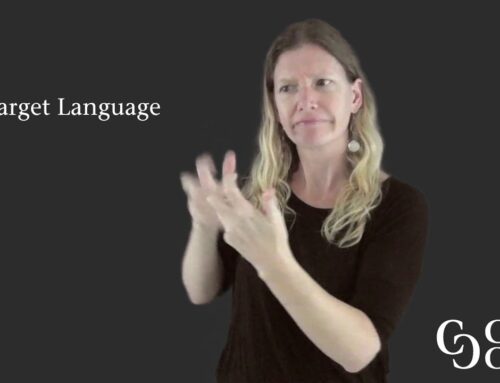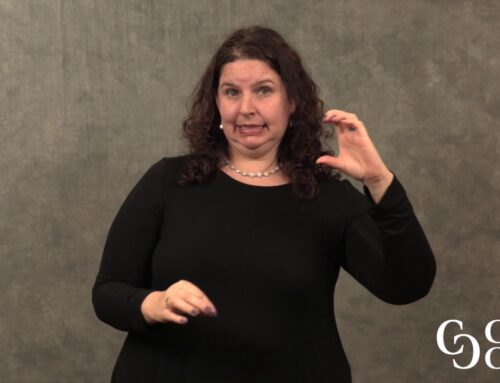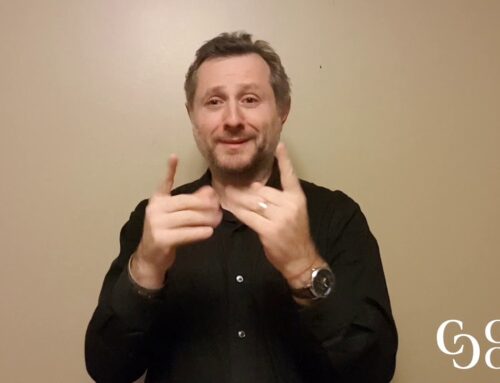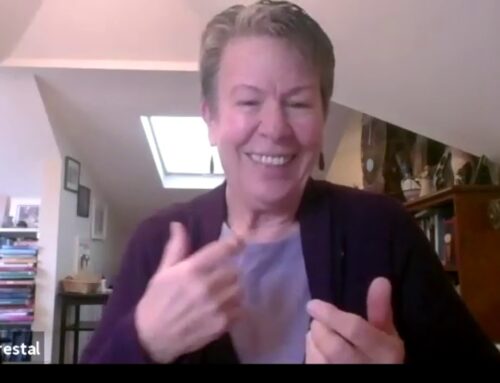 Developed by Doug Bowen-Bailey
Developed by Doug Bowen-Bailey
Competencies Addressed: Discourse mapping; Comprehension: ASL discourse
Time Required for Activity: 40 mins
Objective:
To create a discourse map of a video text explaining about one person’s experiences working with interpreters.
In this video, Nyla explains her various experiences working with interpreters.
This activity is the first in a series focused on:
Discourse Mapping | Consecutive Interpreting | Simultaneous Interpreting
The activity in this post is based on:
Winston, E.A. & Monikowski, C.M. “Discourse Mapping: Developing Textual Coherence Skills in Interpreters” in Roy, C.B., ed. (2000). Innovative practices for teaching sign language interpreters. Washington, D.C.: Gallaudet University Press.




